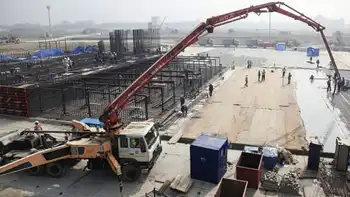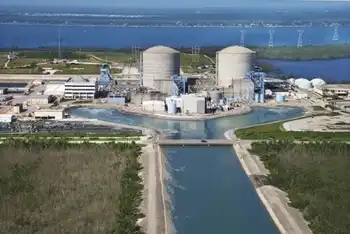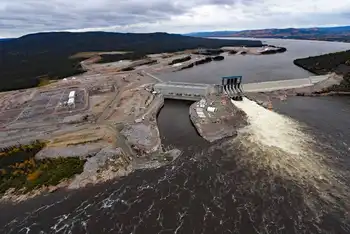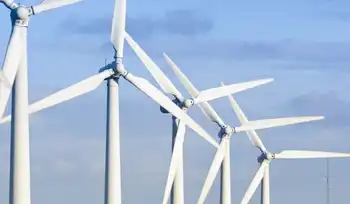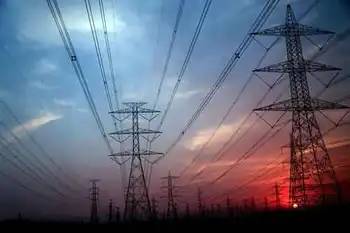Hurricanes pose risk to offshore wind farms
By USA Today
Protective Relay Training - Basic
Our customized live online or in‑person group training can be delivered to your staff at your location.
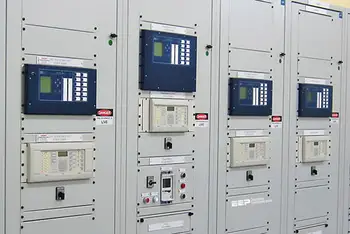
- Live Online
- 12 hours Instructor-led
- Group Training Available
Offshore hurricanes could demolish half the turbines in proposed wind farms just off the USA's coastlines, according to a study out Monday in the Proceedings of the National Academy of Sciences.
"We find that hurricanes pose a significant risk to wind turbines off the U.S. Gulf and East coasts, even if they are designed to the most stringent current standard," the authors from Carnegie Mellon University in Pittsburgh write.
Engineer Stephen Rose and colleagues conducted the study in response to a 2008 report from the U.S. Department of Energy, which said that wind energy should ideally provide one-fifth of all electricity in the USA by 2030. The engineers estimated that over a 20-year span many turbine towers would buckle in wind farms enduring hurricane-force winds off the coasts of four states — Massachusetts, New Jersey, North Carolina and Texas — where offshore wind-farm projects are now under consideration.
Despite their record of death and destruction in the USA, 75 of all Atlantic basin hurricanes remain offshore and do not hit land, according to Chris Landsea, science and operations officer at the National Hurricane Center in Miami.
Wind turbines are vulnerable to hurricanes because the maximum wind speeds in those storms can exceed the current design limits of wind turbines, according to the study.
Failures can include loss of blades and buckling of the supporting tower.
The research incorporated the current construction standards for the turbines, reports Rose. "Our study assumed wind turbine design for the current standards, with a maximum sustained wind speed of 111 mph near the top of the turbine, about 90 meters about 300 feet above the surface. This is the equivalent of a Category 3 hurricane," he says.
The study had to use computer models to simulate hurricanes' effect on the wind turbines, as no offshore wind turbines have yet been built in the USA although there are 20 offshore wind projects in various stages of planning.
However, turbine tower buckling has occurred in typhoons in the Pacific. Hurricanes are the same type of storms as typhoons.
Of the four locations examined in the study, offshore of Galveston County, Texas, is the riskiest location to build a wind farm, followed by the Outer Banks of North Carolina, Atlantic City and Martha's Vineyard, Mass.
"Galveston was the riskiest because it gets hit by hurricanes the most frequently," says Rose.
The damage caused by Category 3, 4 and 5 hurricanes is important for offshore wind development in the USA, the study notes, because every state on the Gulf of Mexico coast and nine of the 14 states on the Atlantic Coast have been struck by a Category 3 or higher hurricane from 1856 through 2008.
"As you get to Categories 3, 4, 5 — that's where the risks are," says Rose. "The intense hurricanes pose the most risk."
However, damage could be greatly reduced by building the farms in lower-risk areas and boosting the abilities of turbines to withstand higher winds.
This would "greatly enhance the probability that offshore wind can help to meet the United States' electricity needs," according to the study.





